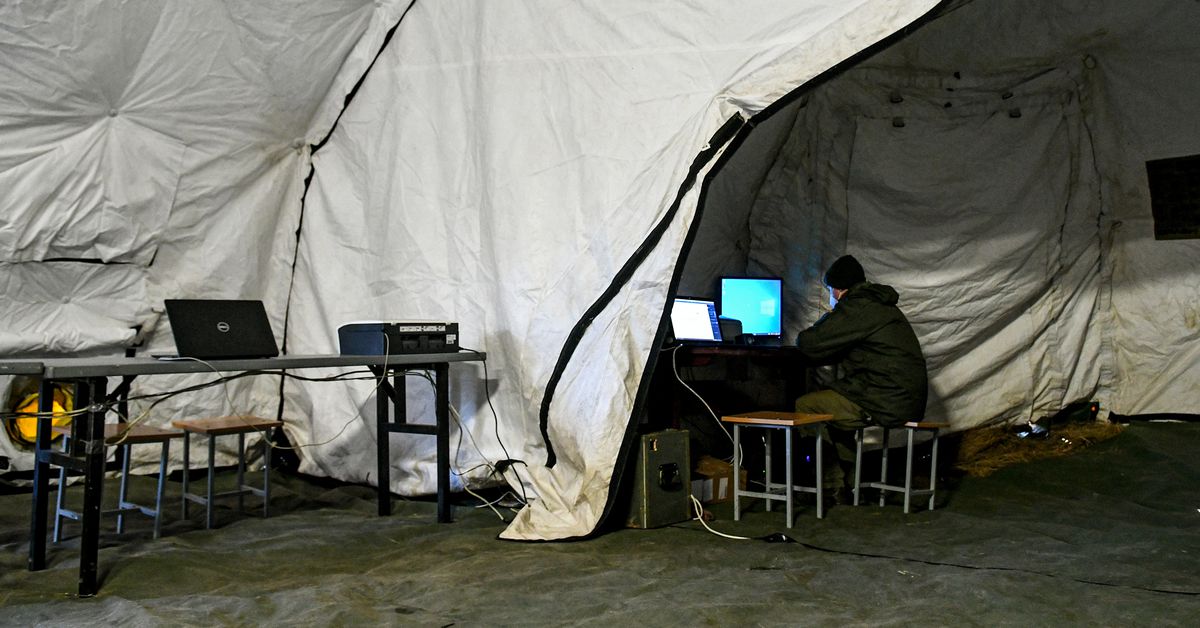Intel 14th-gen Meteor Lake: news, specs, rumors, release date
Intel's 14-gen Meteor Lake processors are coming in 2023, and we're starting to get details. Here are all the news, rumors, and leaks we've seen so far.

Intel is continuing to push out new CPU generations, and next year in 2023, we should see the launch of 14th-generation Meteor Lake processors. We don’t know much about these CPUs right now, but a slew of leaks and rumors provide a glimpse at a potential release date, specs, and, above all else, performance.
The battle to release the best processor is hotter than it has ever been, and Meteor Lake is an inflection point for Intel. With a new approach to designing CPUs, Meteor Lake might start a comeback for Intel as it tries to keep up with Apple.
It’s too soon to say right now, though. In the meantime, here’s everything we know about Intel 14th-gen Meteor Lake processors.
Pricing and release date

Intel hasn’t announced a release date for its Meteor Lake processors, but they should arrive in 2023. This is the time Intel announced when it first revealed Meteor Lake processors, where it laid out a road map for when the chips would enter production.
According to a report earlier this year, Meteor Lake has hit the volume production milestone. It seems as though Meteor Lake processors are being made right now, but we still have many months until the final designs show up on store shelves. Intel has yet to release its 13th-gen Raptor Lake processors, even.
Meteor Lake should arrive toward the end of 2023, likely with desktop parts first and mobile chips rolling out toward the beginning of 2024. This is just a speculative timeline right now, though, as Intel hasn’t confirmed any release date outside of the year.
For pricing, it’s tough to say. The current generation of Intel processors ranges from around $100 for the cheapest model to over $800 for the most expensive. We don’t anticipate large price changes for Meteor Lake, but the cost largely comes down to where the rivalry between AMD and Intel is at when Meteor Lake CPUs are ready to launch.
Specs
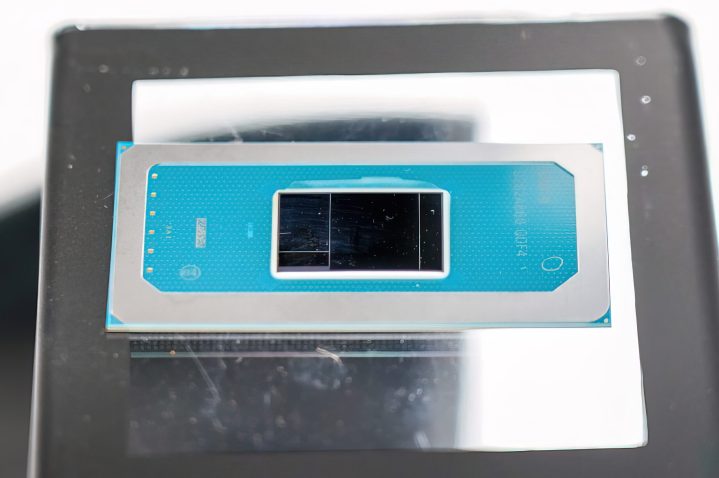 Wccftech
WccftechWe haven’t seen any leaked specs for Meteor Lake processors yet, and that makes sense. Intel still hasn’t released Raptor Lake, so pre-production Meteor Lake chips probably aren’t circulating yet. The biggest news we have comes from a Meteor Lake leak in July, where some loose specs around the mobile processors came out.
The leak shows U, P, and H variants of mobile Meteor Lake processors, which is par for the course with Intel. U-series processors are usually 15 watts and under, P-series are 28W, and H series are 45W, but it’s possible Intel could change the power ranges. We could also see variants like the HX processors Intel has now for 12th-gen Alder Lake.
More interesting, the leak showed that mobile Meteor Lake processors will top out at 14 cores split across six performance cores and eight efficient cores. It also confirmed that the generation will support DDR5 and LPDDR5, as well as PCIe 5.0, but those are all platform features Intel currently supports.
Architecture
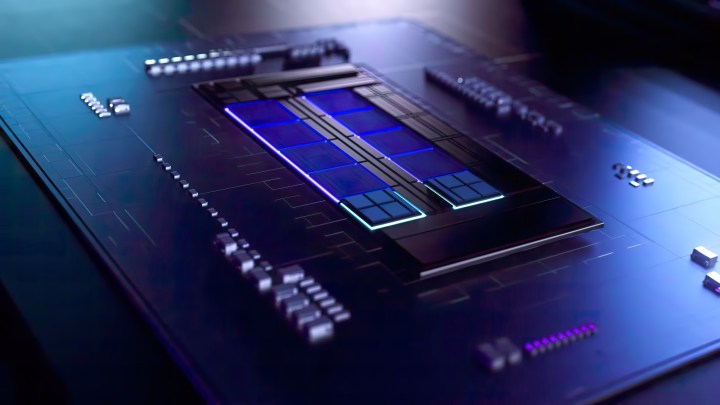 Wccftech
WccftechArchitecture is where we have the most news on Meteor Lake processors. This is the generation where Intel plans to bring its road map together, unifying several dies from multiple vendors while still taking advantage of a hybrid architecture.
The CPU itself is built on the Intel 4 process, and Meteor Lake will be the first to feature this node (following Intel 7 on Alder Lake and Meteor Lake). What’s more interesting is how Intel is changing the design to compete with Apple processors. In addition to the main compute die, Meteor Lake also has separate GPU, IO, and system-on-a-chip (SOC) dies.
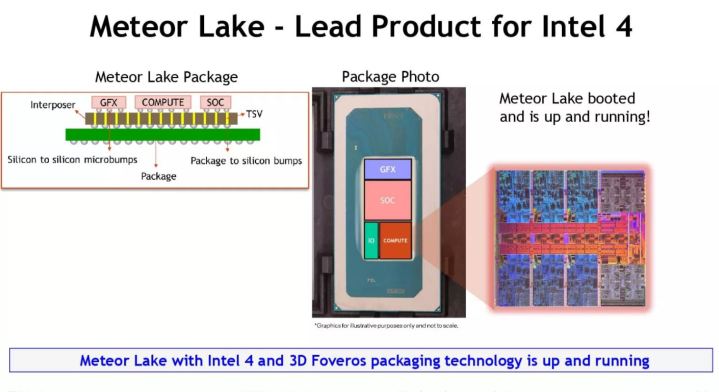 Intel
IntelIntel hasn’t confirmed which node it will use for these dies, but they should come from chipmaker TSMC. TSMC is behind most of the nodes inside processors and GPUs today, and Intel looks to tap the Taiwanese manufacturer to help with some dies on Meteor Lake CPUs. Intel is still handling the design, but TSMC could make part of these processors.
Competing with Apple seems like Intel’s goal, as it wants to provide not just a CPU but an entire computer on a chip (similar to Apple’s M-series processors). This is enabled Intel Foveros, which is a multi-die packaging technology that Intel has been chipping away at for years.
This approach could help Intel push more efficient CPUs with a larger set of features. It could also make Meteor Lake tough to execute, though. With so many dies, Meteor Lake seems vulnerable to delays and manufacturing mishaps, but we’ll have to wait until later in 2023 to see the state of 14th-gen CPUs.
For cores, Intel is said to be using new Redwood Cove cores for performance and Crestmont cores for efficiency. Just like the previous two generations, Intel is combining two different core types in the compute die to provide large numbers of cores without the increased power draw associated with them.
Outside of the compute die, we don’t know much. Intel is rumored to be using its Arc GPU architecture for the graphics tile, but it’s not clear if that tile will use current-gen Arc Alchemist or next-gen Arc Battlemage. Given Arc’s current issues with delays and drivers bugs, Intel may stick with the familiar architecture to avoid any widespread issues.
Performance
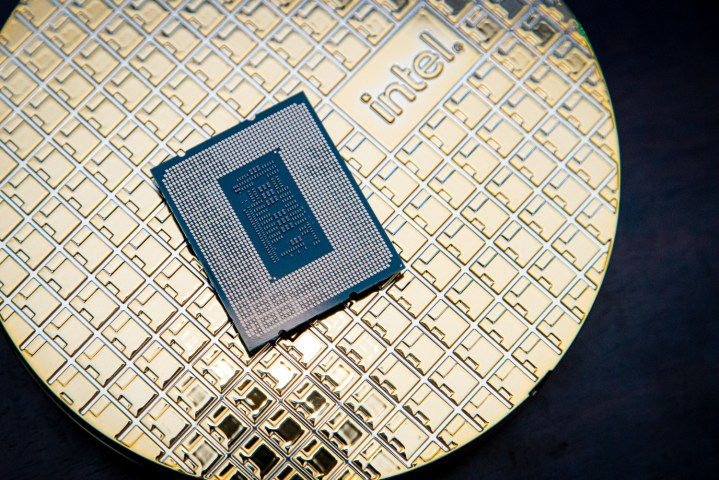 Jacob Roach / Digital Trends
Jacob Roach / Digital TrendsWe don’t have any leaked benchmarks for Meteor Lake, much less performance numbers from Intel itself. The biggest hints right now all relate to the Intel 4 manufacturing process, which Intel teased delivers 21.5% higher frequencies than the previous node at the same power or a 40% power reduction at the same frequency.
Higher frequency doesn’t inherently mean a better-performing processor. Frequency seems like a push for Intel, though, so it could help with 14th-gen chips. Upcoming Raptor Lake processors can reportedly hit 6GHz, and that’s not even with the flagship chip in the range.
Raptor Lake is rumored to be upwards of 60% faster than the previous generation, and it uses the same Intel 7 process as Alder Lake. That doesn’t mean we’ll see the same performance bump with Meteor Lake, but it could provide a hint at the type of generational gains Intel wants to achieve.
Regardless, we shouldn’t draw any performance conclusions now. Meteor Lake is a completely different beast than Raptor Lake, and we’re still likely several months away from launch.
A new socket
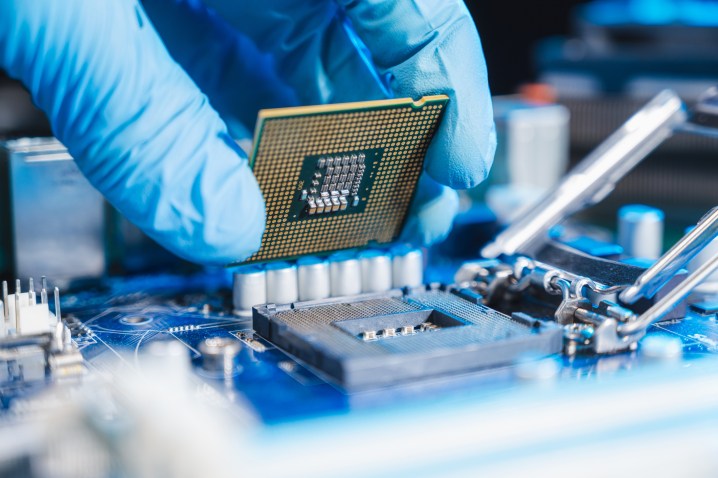 Narumon Bowonkitwanchai/Getty Images
Narumon Bowonkitwanchai/Getty ImagesRumors say Intel will introduce a new socket with Meteor Lake. Current-gen CPUs use the LGA 1700 socket, but the rumor mill suggests Intel will use an LGA 1851 socket for Meteor Lake. That means new motherboards and possibly new platform features, but we don’t have any details surrounding those yet.
Given how similar the designs are, it’s possible that CPU coolers that are currently compatible with Alder Lake processors will work with Meteor Lake as well. We don’t have any confirmation on that, but it’s possible.

 Tfoso
Tfoso 







